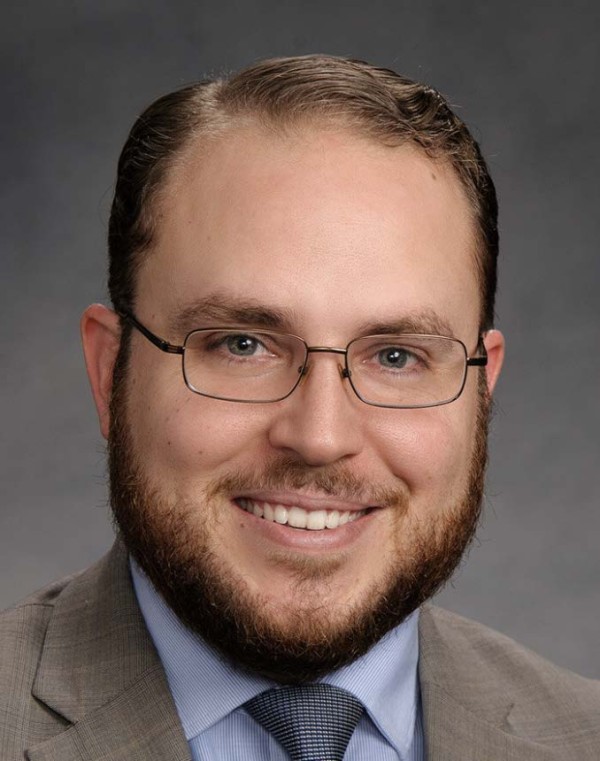The State Legislature returned to Sacramento on January 6 to begin the 2025-2026 session in earnest. 35 of the members elected in 2024 have never held a seat in the Legislature before. When taken with the 37 new legislators elected in 2022, the Legislature is experiencing its most significant turnover in a decade with over half of the seats held by members with less than two years of experience.
The November election also marks the first time in ten years that Republicans have gained ground, winning two seats in the California Assembly and one in the California State Senate. However, both Houses remain firm in the control of Democrats who enjoy a 60-seat majority in the 60-member assembly and a 30-seat majority in the 40-seat Senate.
January is typically a quiet month in Sacramento, especially in the first year of a two-year session. Typically, after the Governor releases his Proposed Budget legislators spend most of their month working with their staff and lobbyists to flesh out their priorities for the year in advance of the February 21 bill introduction deadline.
Unfortunately, this year’s return to session was busier than usual.
Wildfires
As you are already aware, residents of Los Angeles County have been suffering through tragedy brought by wildfire since January 7. Even in a state that has had numerous recent experiences with devastating wildfires, the scope and scale of this disaster is shocking.
The issue has been front and center for the Governor and the Legislature since the first erupted earlier this month. Having already convened a Special Session in December to appropriate funding to the Department of Justice (DOJ) for litigation against the Trump Administration, the Governor expanded that session to include emergency relief for Los Angeles. This week the Legislature appropriated $2.5 billion at the Governor’s request to provide relief to Los Angeles and its residents. At the same time, the Governor has issued multiple executive orders intended to ease the burden of evacuation, loosen or lift permit requirements for cleanup and reconstruction, and empower local governments to do the same.
We expect that relief for the current fires, wildfire preparedness, and wildfire generally will occupy center stage for the Governor and Legislature throughout 2025. While the state’s previous experiences with wildfire have already elevated the issue several times in recent years it will now be a major priority not just of Republicans and rural Democrats, but of the entire LA Delegation.
Trump 2.0
When Donald Trump was elected in 2016, California’s leadership viewed their state as the center of Democratic resistance to the incoming President’s Administration. California spent roughly $10 million per year to sue the Trump Administration 123 times between 2017 and 2021. Little has changed in eight years.
As noted above, before the Legislature returned to Sacramento in early December, Governor Newsom convened a special session of the Legislature and requested funding to support any litigation against the Trump Administration moving forward. The Governor and Legislative leaders quickly reached a deal and appropriated $50 million.
Strictly speaking, there is no practical reason why. The Governor needed to all a special session. The appropriation referred to above could have been achieved through a budget bill introduced and passed in January. However, convening a special session grabbed the public’s attention and drew national attention to the state’s effort to battle the incoming Administration on most issues.
We expect this approach to continue in Sacramento for the next four years. However, as the state grapples with a devastating wildfire and an incredibly tight state budget, the Governor must walk a fine line between leading the resistance and soliciting help from a President who may be empowered by Congress to deny aid to California.
Budget
The Governor released his Proposed Budget on January 10.
After two years of significant budget deficits, State revenues are $16.5 billion ahead of projections when the Governor and Legislature enacted last year’s budget. However, the Governor acknowledged that much of this funding is already slated to avoid deficits in the 25/26 Budget. The Legislative Analyst’s Office (LAO) continues to project a roughly $20 billion deficit beginning in 26/27 and growing as high as $30 billion by 28/29.
According to the Governor, because of the growth in revenues, this year’s budget has a minor surplus of $380 million. However, this is only true because the State is using $7.1 billion of its reserves to balance the budget.
Typically, the Governor’s Proposed Budget serves as a starting point for discussions with the Legislature. In May, the Governor releases a revised budget with more up to date revenue estimates. While there is usually some significant change between the January and May budget proposals, we assume that the situation in Los Angeles has likely made the Governor’s Proposed Budget moot for several reasons.
First, tax filing deadlines have already been extended or those impacted by the wildfires. When this happens, state revenues are difficult to predict, and the Legislature and Governor are sometimes forced to budget more conservatively as a result.
The question of whether and how much federal disaster relief will be provided to California is also relevant. If the Trump Administration and Congressional Republicans make good on threats to condition relief on other policy changes in California or otherwise withhold relief, the Governor and Legislature would be forced to immediately reevaluate all their budget priorities and consider how much aid the state could afford to provide on its own.
Finaly, there is reason to be concerned that much of the Federal funding that comes to California every year is now in some form of jeopardy. There are numerous ways that a new Administration in Washington could drastically harm the state’s finances.
CCASLA Priorities
While it is early in the year and few bills have been introduced, it is easy to speak to CCASLA’s priorities for 2025. As you know, CCASLA successfully defended the profession from two significant threats last year.
The California Architect’s Board (CAB) proposed that the Landscape Architect’s Technical Committee (LATC) be eliminated as part of last year’s sunset review. They proposed to instead give landscape architects one seat on a multidisciplinary board. We opposed this on CCASLA’s behalf and argued that one seat did not provide enough professional expertise to ensure that the profession was properly regulated and ready to help protect California communities from flooding, improve water efficiency limit loss of biodiversity, and protect against wildfires. We were successful in defeating CAB’s proposal. However, we expect that discussions on this subject will continue for the next several years.
In a similar vein, CAB/LATC staff submitted “technical cleanup” language to the LATC in November. The language would have amended the Practice Act and significantly limited the authorities of the LATC. Our firm opposed this proposal, quickly working to lobby the members of the LATC and relevant staff in the Capitol. As of now, we do not expect that this language will advance in 2025.
While we hope for a less eventful year in 2025, it is important that the profession remain vigilant and engaged on this issue.







